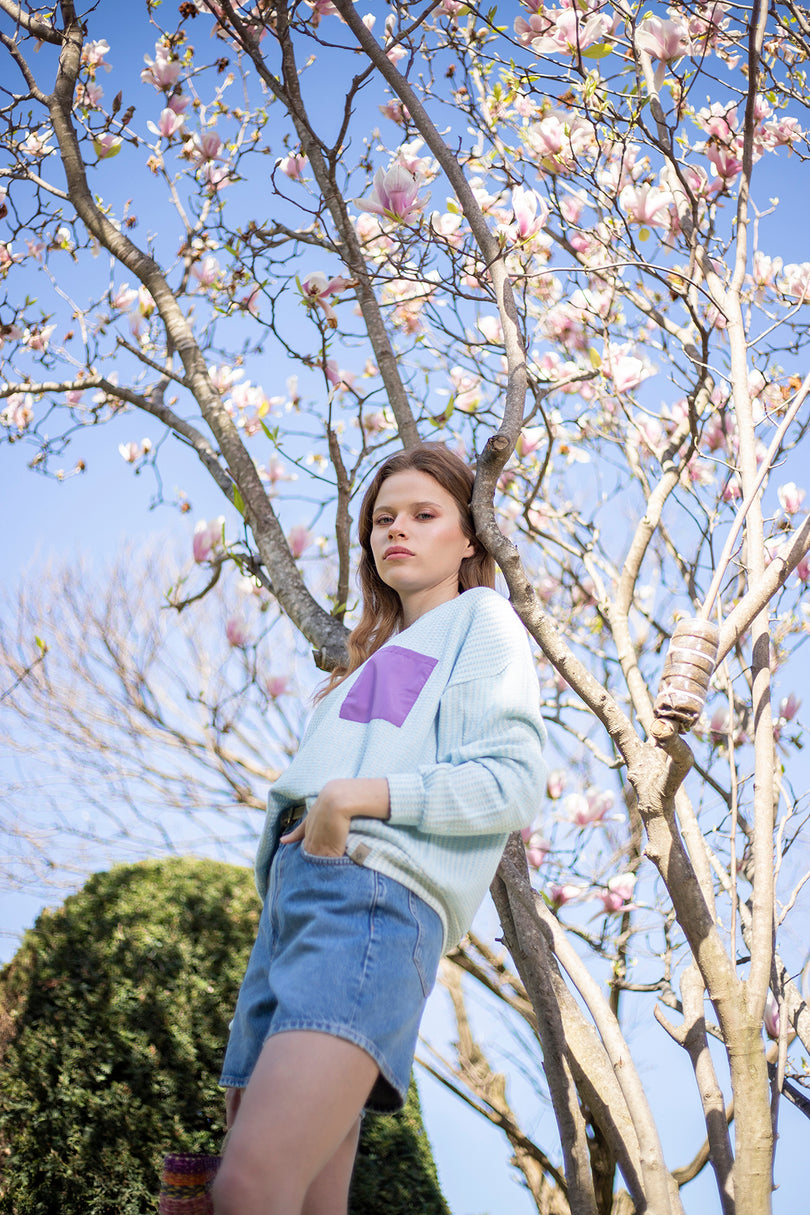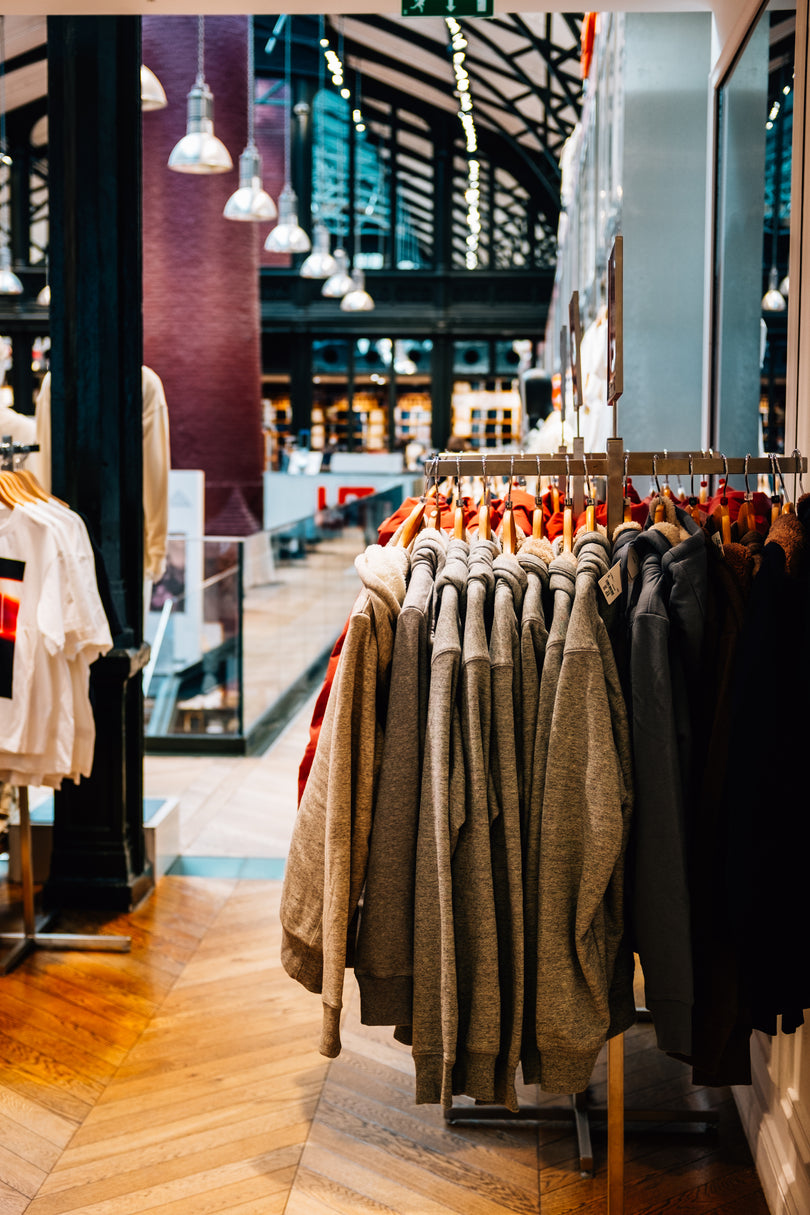By now we’re pretty resigned to the idea that mega fashion retailers are churning out clothes at a ridiculous rate, some reportedly up to 6,000 new items every day. Whilst we’re constantly reminded of fashion’s polluting impact with studies, figures and articles, there’s a noticeable silence around one of the biggest issues the industry is responsible for: deadstock and excess fabrics. The average consumer probably isn’t aware of the mountain of textile waste the fast fashion business model racks up, or what deadstock fabric even means.
When we talk about deadstock, we’re referring to the piles of offcut or discarded fabrics that textile factories accumulate alongside their fulfilled orders, which can’t be used for their original purpose anymore. And whilst it may sound like only a few scraps of fabric are lost, a figure from 2020 suggests $120 billion worth of unused materials are thrown into landfills, burned, or laid to rest in warehouses every single year.
There are a number of reasons why fabric may become deadstock:
- Minor quality problems such as the exact colour tone requested cause rejections by buyers or brands
- Brands often miscalculate how much fabric they need to deliver a certain amount of finished goods. Meaning they don’t take the whole of fabric batches produced.
- Sales and promotion forecasts continuously change, and sometimes brands need less of the fabric than they originally planned.
- There’s always been a disconnect between the ordered finished goods amounts and batch sizes of large manufacturing processes. For example some dye house machines can have large minimum batch sizes, so even if the fabric needed is less than that amount, it may get produced.
- During the creative design process and mock up productions, there are always trial and errors such as small changes in colour or patterns which result in unused fabrics, although this is usually in smaller amounts.
- A disconnect in batch sizes between continuous and discrete manufacturing steps. For example more fabric has been knitted than the dye process capacity so some of the material will be unusable.
It seems trivial to label fabric as deadstock just because it was dyed the wrong colour, had a slightly different texture or a few small imperfections and the brand rejected it, even though it’s still perfectly usable. Our founder and CEO, Deniz , finds this the most exasperating fact of all. “Fabric can be labelled as deadstock due to minor quality problems - which in many cases are acceptable to customers - but don’t meet purchasing or manufacturing order criterias, such as the exact gr/sqm density or colour tone requested by the buyers.” It’s a trivial reason to discard materials that have already been manufactured (using copious amounts of water and energy), and one many consumers might not be happy about if they knew.
Public pressure is growing for a more environmentally positive fashion industry. With fashion being held responsible for 10% of the world’s carbon emissions, there’s a pressing need to take action and switch to a circular fashion industry that rejects waste in favour of repairing, rewearing and upcycling.
The fabrics we use at Bee & Alpaca are sourced from mid-scale contract manufacturers, where we sort through the discarded inventory left from other brands and handpick the fabric that we think we can upcycle before it’s sent to the scrappers. Because of the unpredictable nature of our fabric source, we can walk away with anything from a few rolls to hundreds of kilos worth, ready to take back to our atelier and transform it into something new. All of our designs start from deadstock, excess and waste materials, which is why we have great designers come up with creative ways of bringing them back to life. For more info, see our brand page.
Like many other sustainable fashion brands, ours exists to solve a problem brought on by our broken industry, turning an environmental issue into an eco-friendly clothing solution. By recovering rejected material and transforming it into something new and valuable that could otherwise end up being burned or sent to landfill, we are doing our part to solve the climate crisis. “The fashion industry has 100s of different sustainability problems, from water waste to landfill to worker rights, and there is no single brand that can tackle all of them at once,” says Deniz. “By transforming deadstock materials into upcycled clothing, we focus on solving a few of these problems whilst balancing all the other aspects of the problem.”
We acknowledge that using and reducing deadstock fabric is not the only saviour of our fashion industry, but it’s a great place to start. Brands need to be focusing on innovating and creating solutions in order to solve the pressing environmental problem, and by doing so we can reduce waste and take another step in the direction of a sustainable fashion industry.




